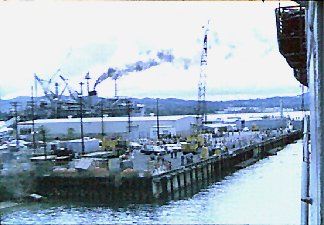
 |
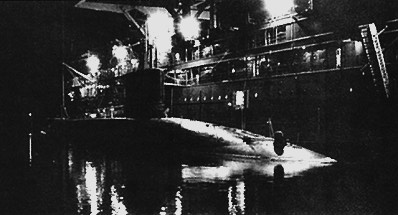 |
| The USS Ulysses S. Grant (SSBN 631) |
| Things can be deceptively quiet at night - you never know what's going on below... |
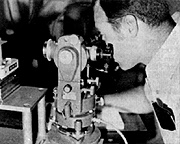 |
setting up a theodolite |
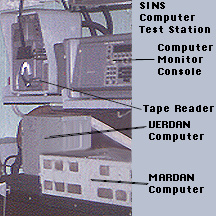 The size of a very large suitcase - and the computational power- of a modest pocket calculator. Hey you gotta remember - whenthese things were designed -- Integrated Circuits were still 15to 20 years away! And actually - considering the accuracy thesethings work at - doing real-time conversions against TIME... theyare still impressive computers! I got to where I could fix thempretty fast.
The size of a very large suitcase - and the computational power- of a modest pocket calculator. Hey you gotta remember - whenthese things were designed -- Integrated Circuits were still 15to 20 years away! And actually - considering the accuracy thesethings work at - doing real-time conversions against TIME... theyare still impressive computers! I got to where I could fix thempretty fast. 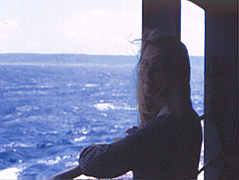 Sodid Sherry. A lot of times when I would have the duty - she wouldcome up to the repair shop and help me work on units. She gotpretty good at them too. With my background in electronics - Itook on some collateral duties as well - like test equipment repairfor the boat's test equipment - and equipment pool.
Sodid Sherry. A lot of times when I would have the duty - she wouldcome up to the repair shop and help me work on units. She gotpretty good at them too. With my background in electronics - Itook on some collateral duties as well - like test equipment repairfor the boat's test equipment - and equipment pool. 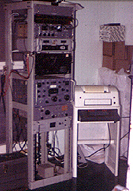 |
| The "home entertainment center" |